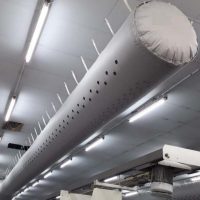Deprecated: Creation of dynamic property OMAPI_Elementor_Widget::$base is deprecated in /home4/arcanein/public_html/wp-content/plugins/optinmonster/OMAPI/Elementor/Widget.php on line 41
Air Conditioning & Ducting Solution and Air Quality Management:
We offer a complete range of products & services for the industrial and commercial Air conditioning solutions through highly skilled experts and experienced project management teams who cater to the specific requirements of our clients.
Our Technical & Design expertise of skilled teams of professionals in the field of Ducting help us in faster completion of Projects and giving our customers the most efficient, economic and durable products for their application. With our premium quality Ducting Solutions and Accessories our products are highly appreciated by the clients.

AIR CONDITIONING:
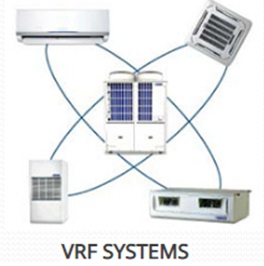
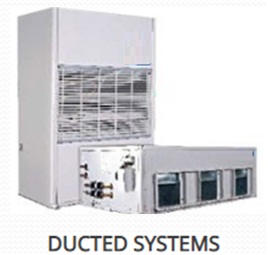

DUCTING:
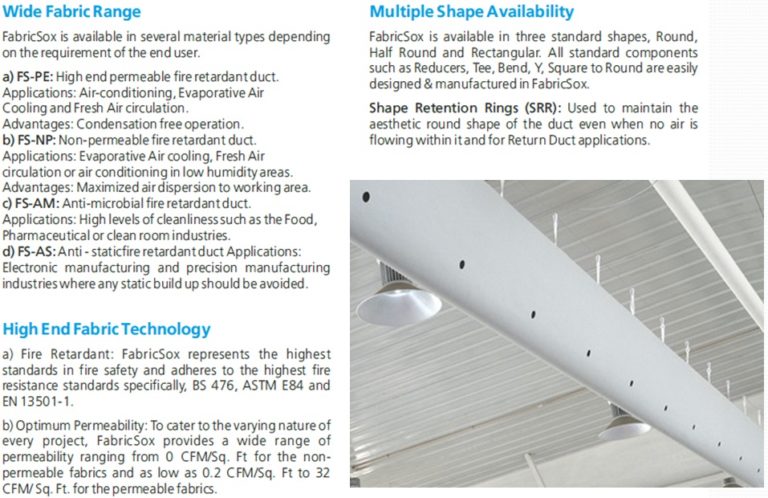


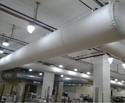







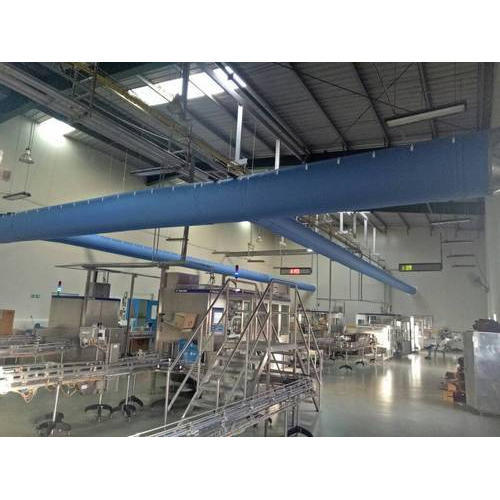


INDOOR AIR QUALITY MONITORING:
Our sensor-based instruments and indoor air quality monitoring systems are used widely in indoor and industrial environments to measure common air pollutants.
WHAT IS INDOOR AIR QUALITY?
Indoor air quality (IAQ) broadly refers to the environmental characteristics inside buildings that may affect human health, comfort, or work performance. We monitor IAQ because we spend approximately 90% of our time breathing “indoor air”. Unlike outdoor air, indoor air is recycled continuously causing it to trap and build up pollutants. IAQ characteristics include the concentrations of pollutants in indoor air, as well as air temperature and humidity.
WHY DOES INDOOR AIR QUALITY MATTER?
Poor IAQ contributes to both short and long term health issues which can lead to decreased productivity, absenteeism and possible litigation. Typical symptoms associated with poor indoor air quality include eye, nose, and throat irritation, headache, nausea, dizziness, and fatigue. In some cases exposure to indoor air pollution can lead to acute and chronic respiratory illnesses including asthma, pneumonia, systemic hypertension, chronic obstructive pulmonary disease (COPD), etc.


- Excessive over-ventilation is avoided while still maintaining good Indoor Air Quality (IAQ) and providing the required cfm-per-person outside.
- Saves energy by avoiding the heating, cooling, and dehumidification of more ventilation air than is needed.
- Provides an opportunity to monitor both occupancy and ventilation rates in a building all the time.
- In some buildings, infiltration air or open windows may be a significant source of outside air. A CO2 sensor will consider the contribution of infiltration in a space and only requires the mechanical system to make up what is necessary to meet required ventilation levels.
- When integrated with the appropriate building control strategy, ventilation can be controlled zone by zone based on actual occupancy. This allows for the use of supply air from under-occupied zones to be redistributed to areas where more ventilation or cooling is needed.
- A CO2 control strategy can be issued to maintain any per-person ventilation rate. As a result, this approach is highly adaptable to changing building uses and any changes that may occur in future recommended ventilation rates.


